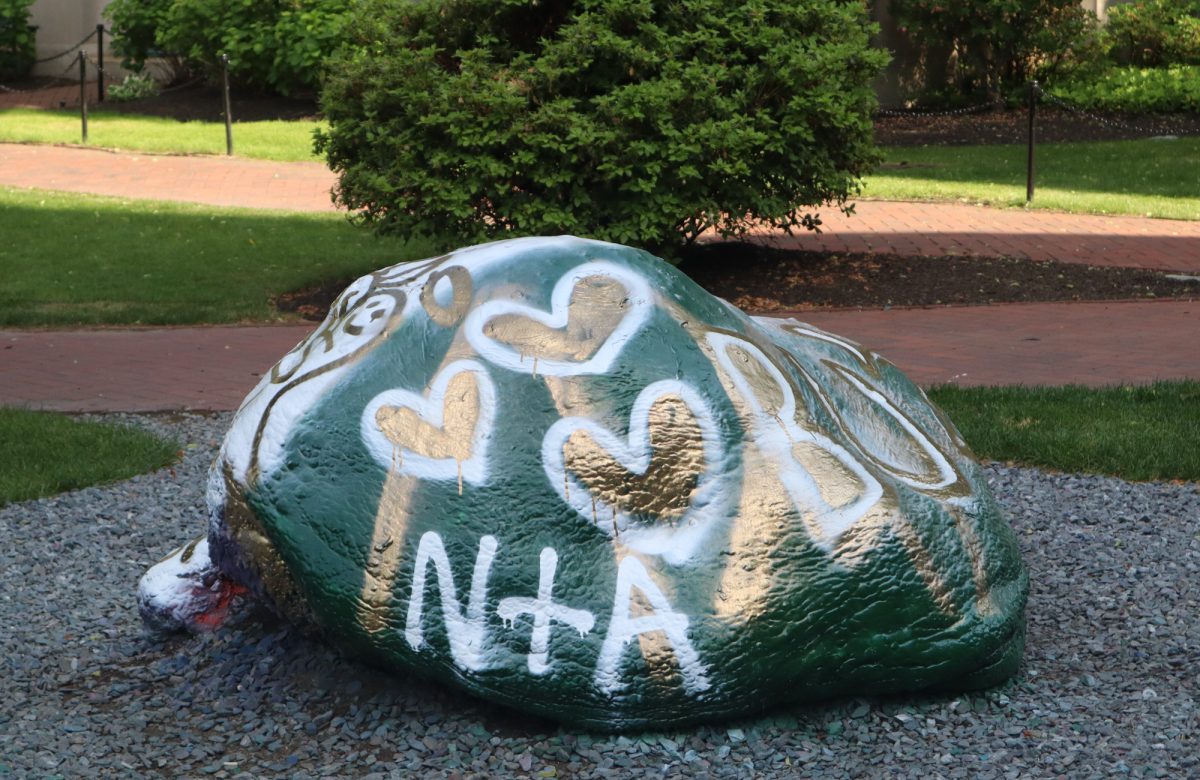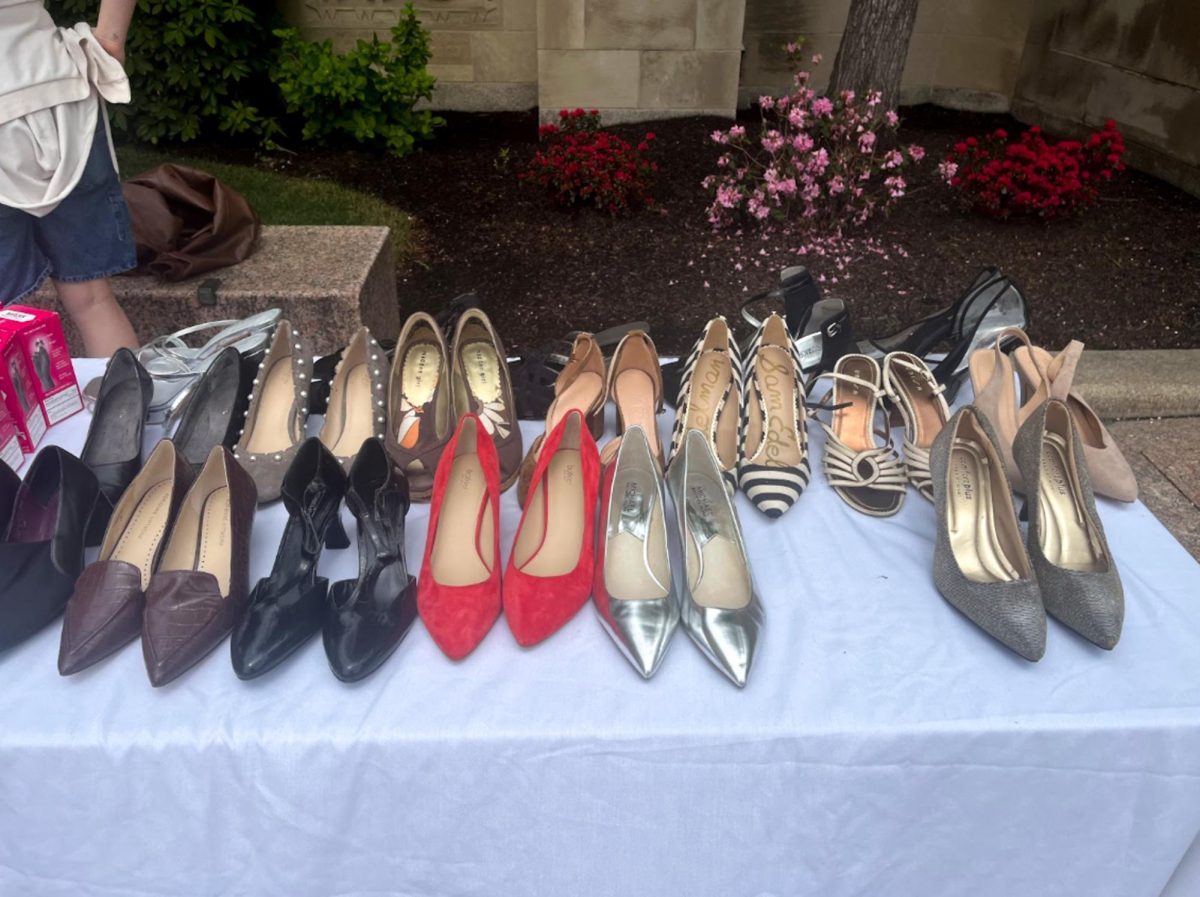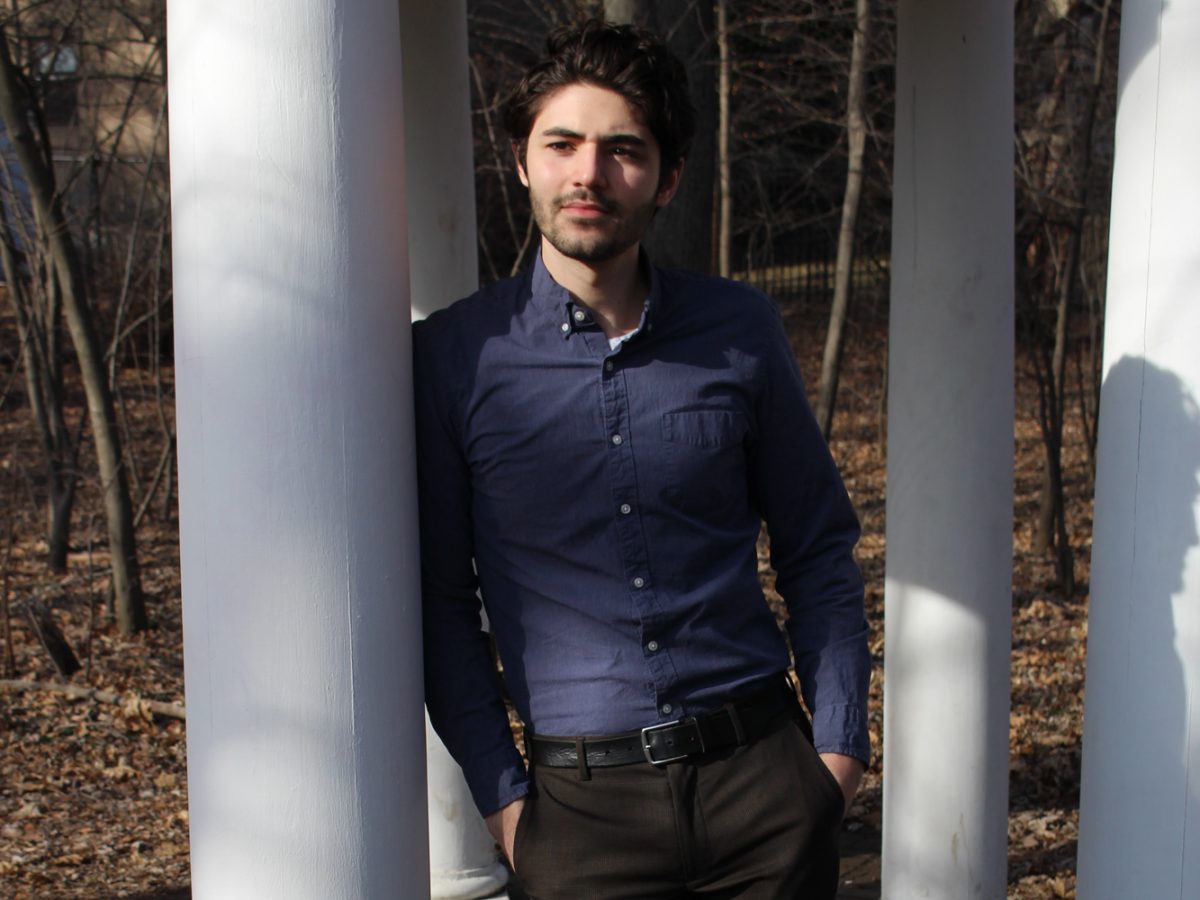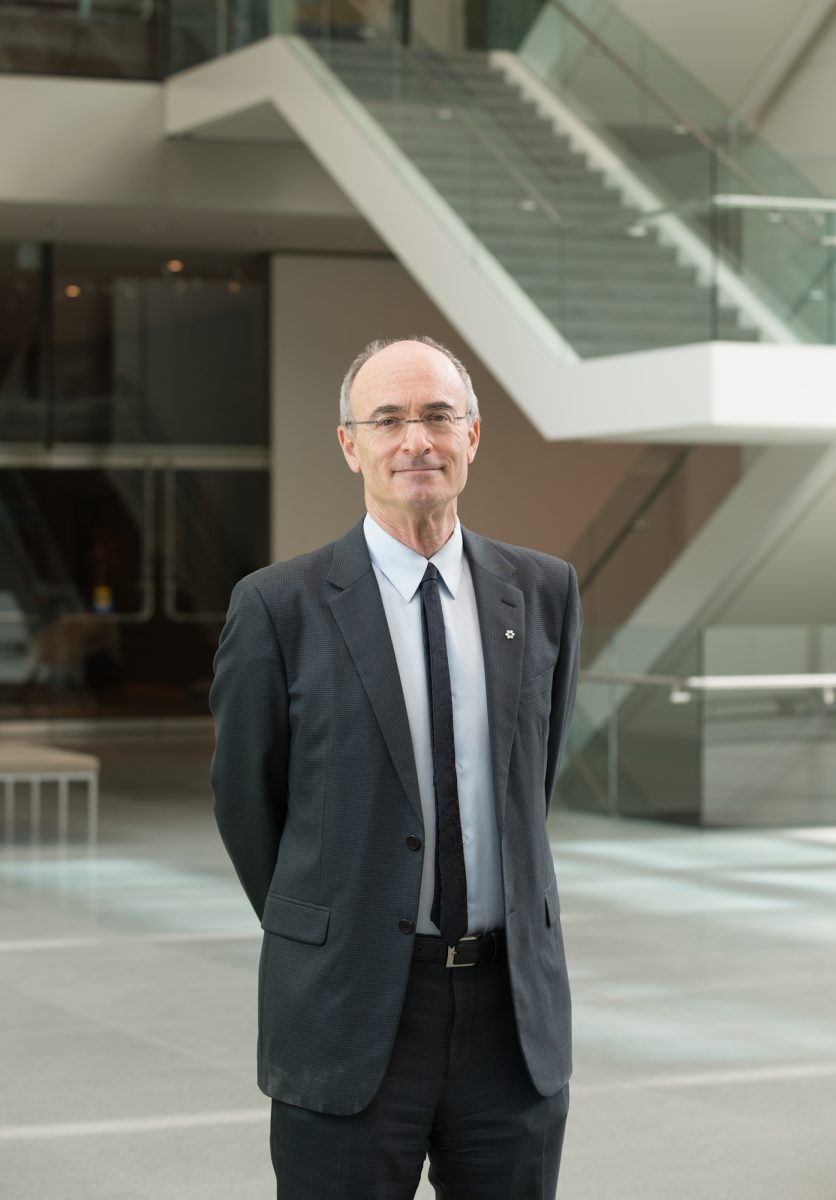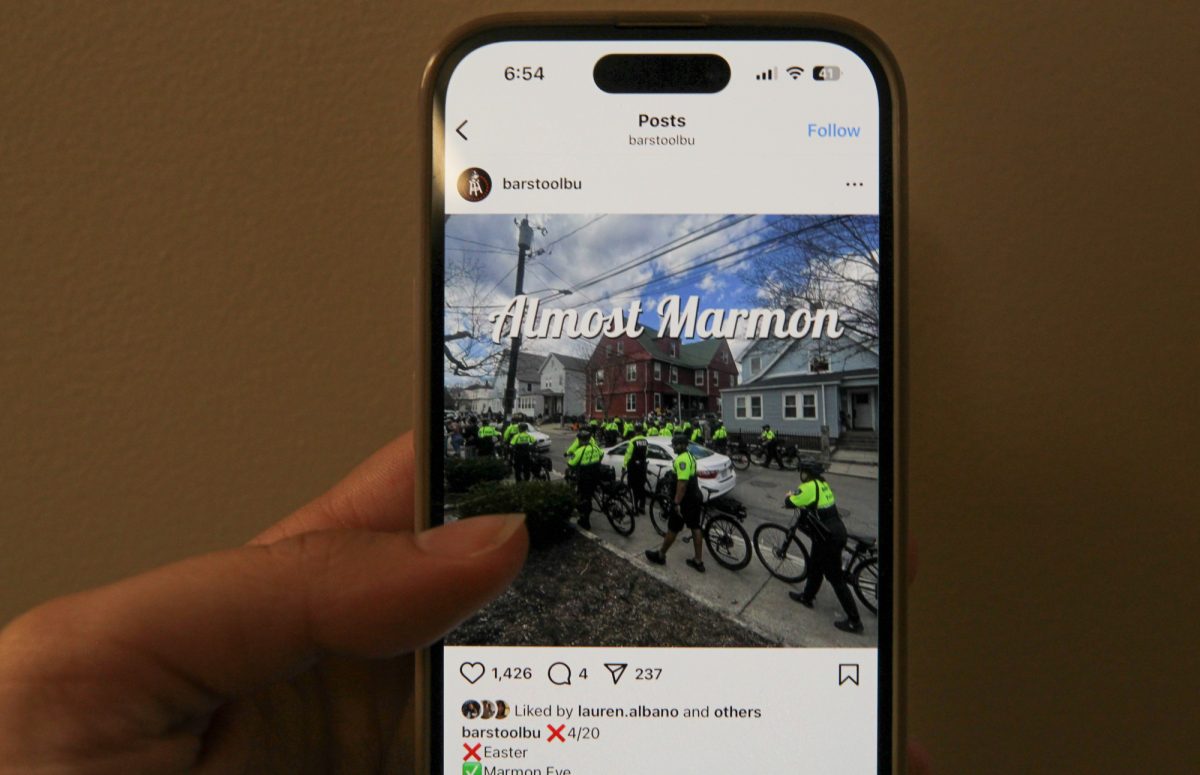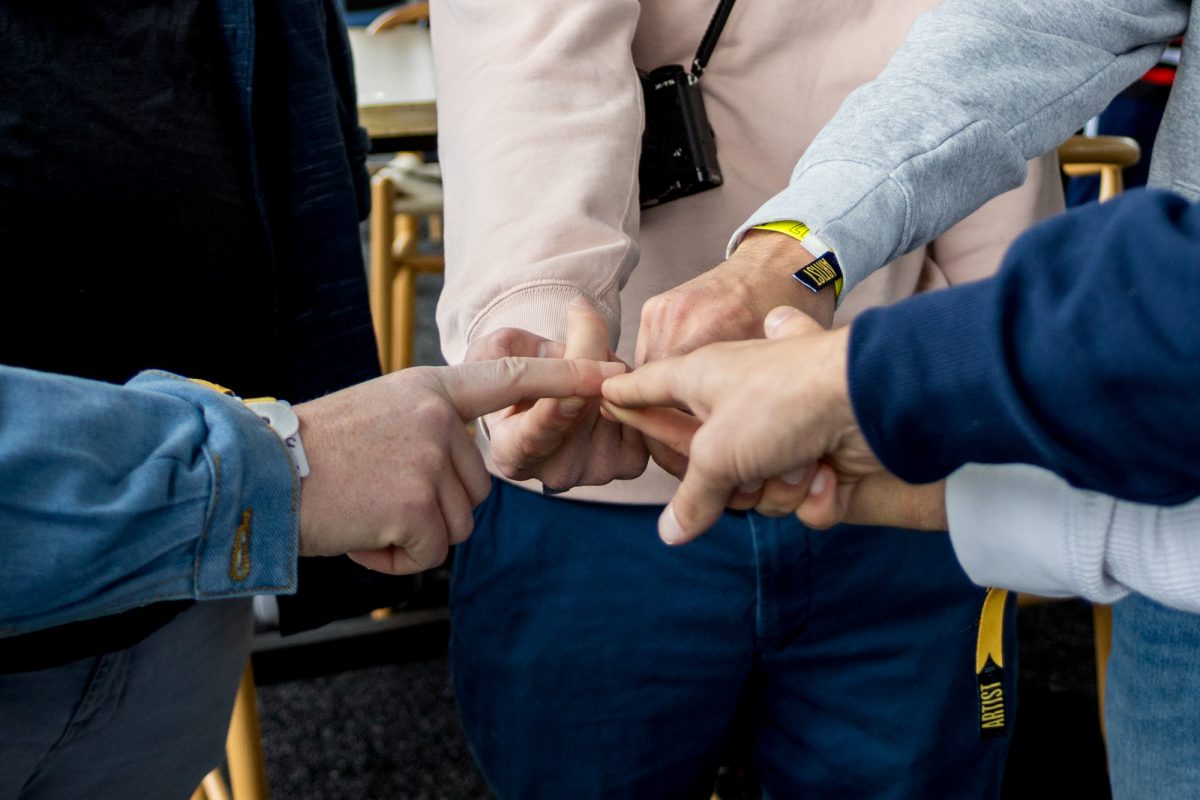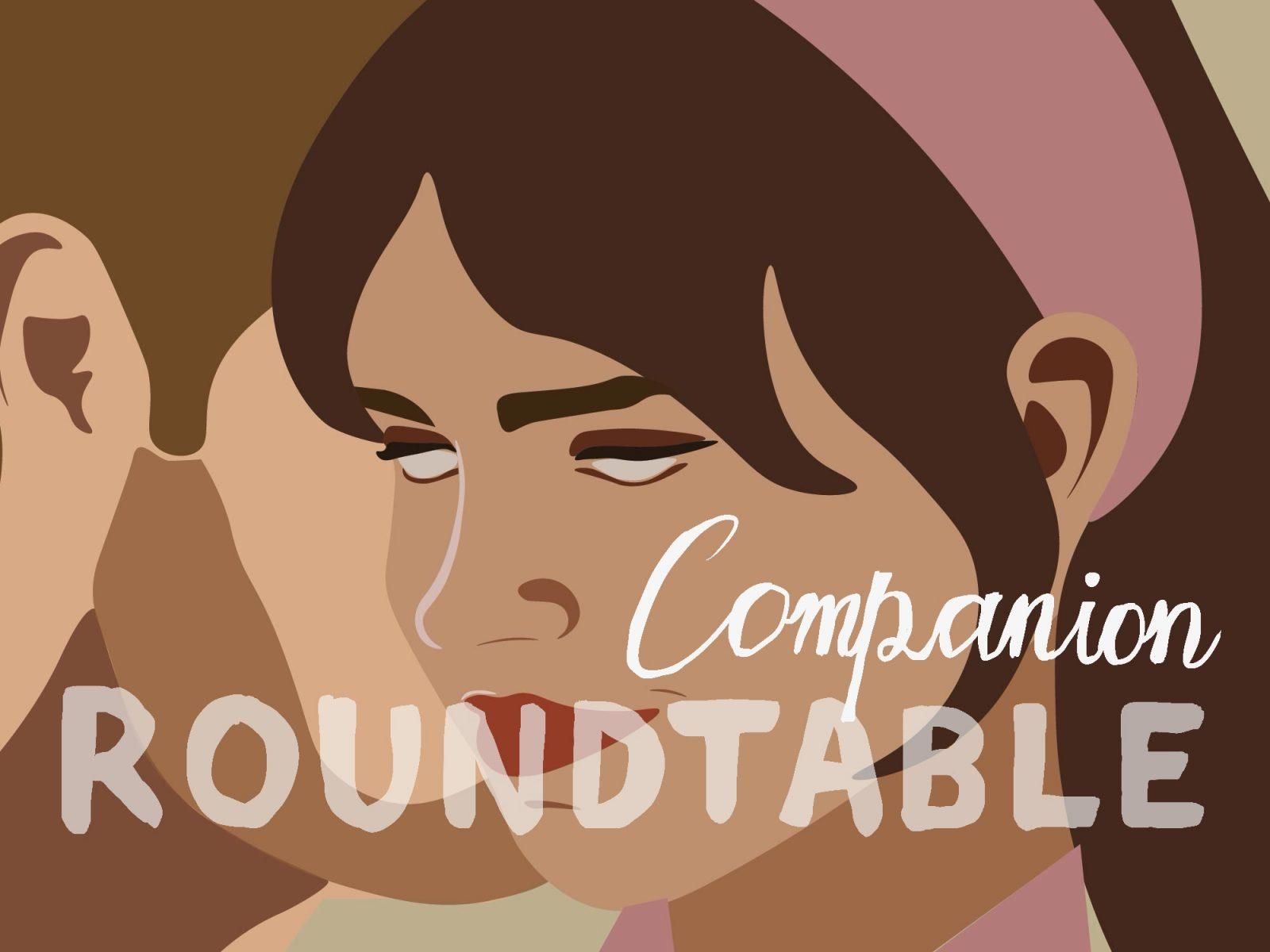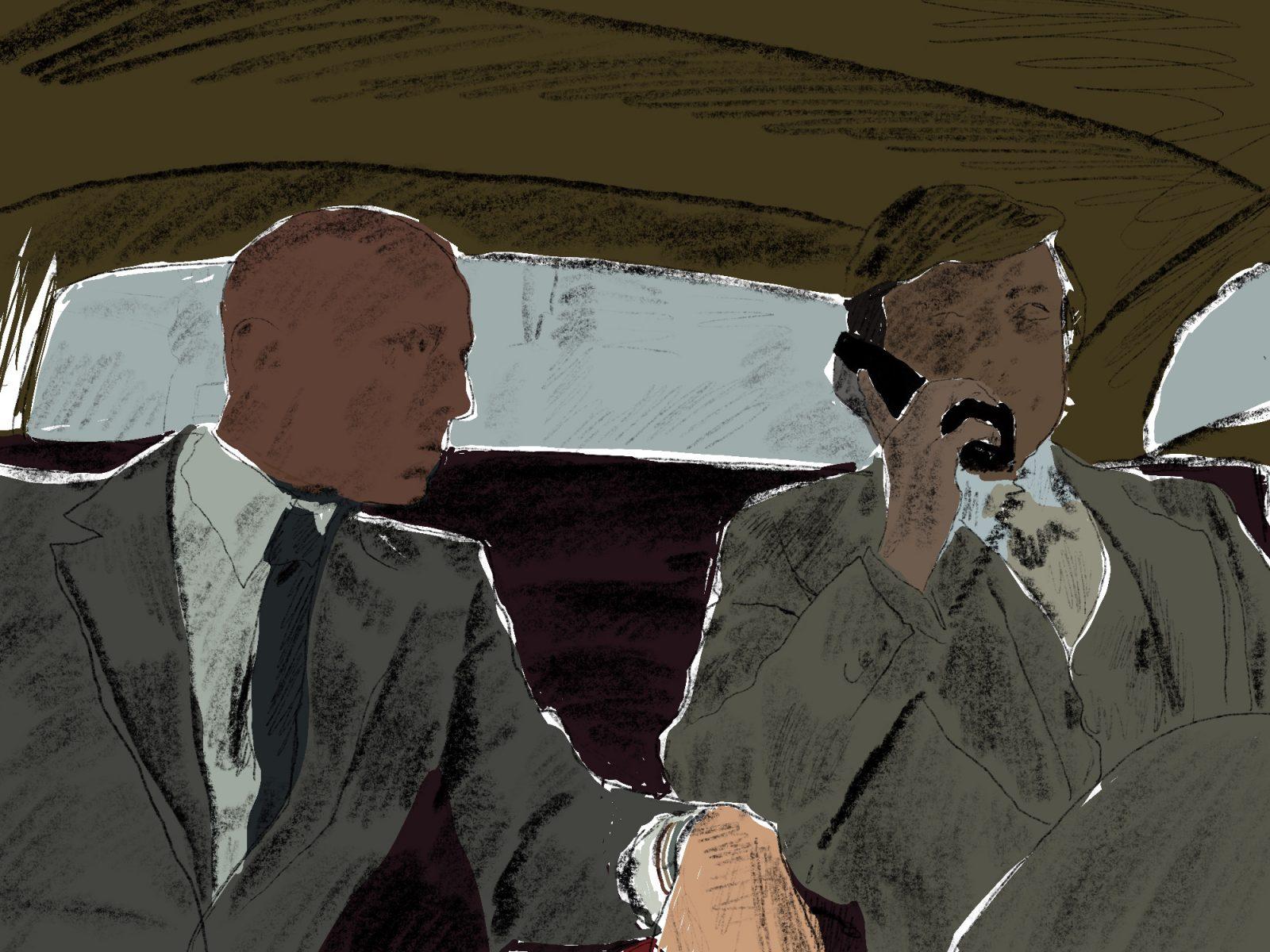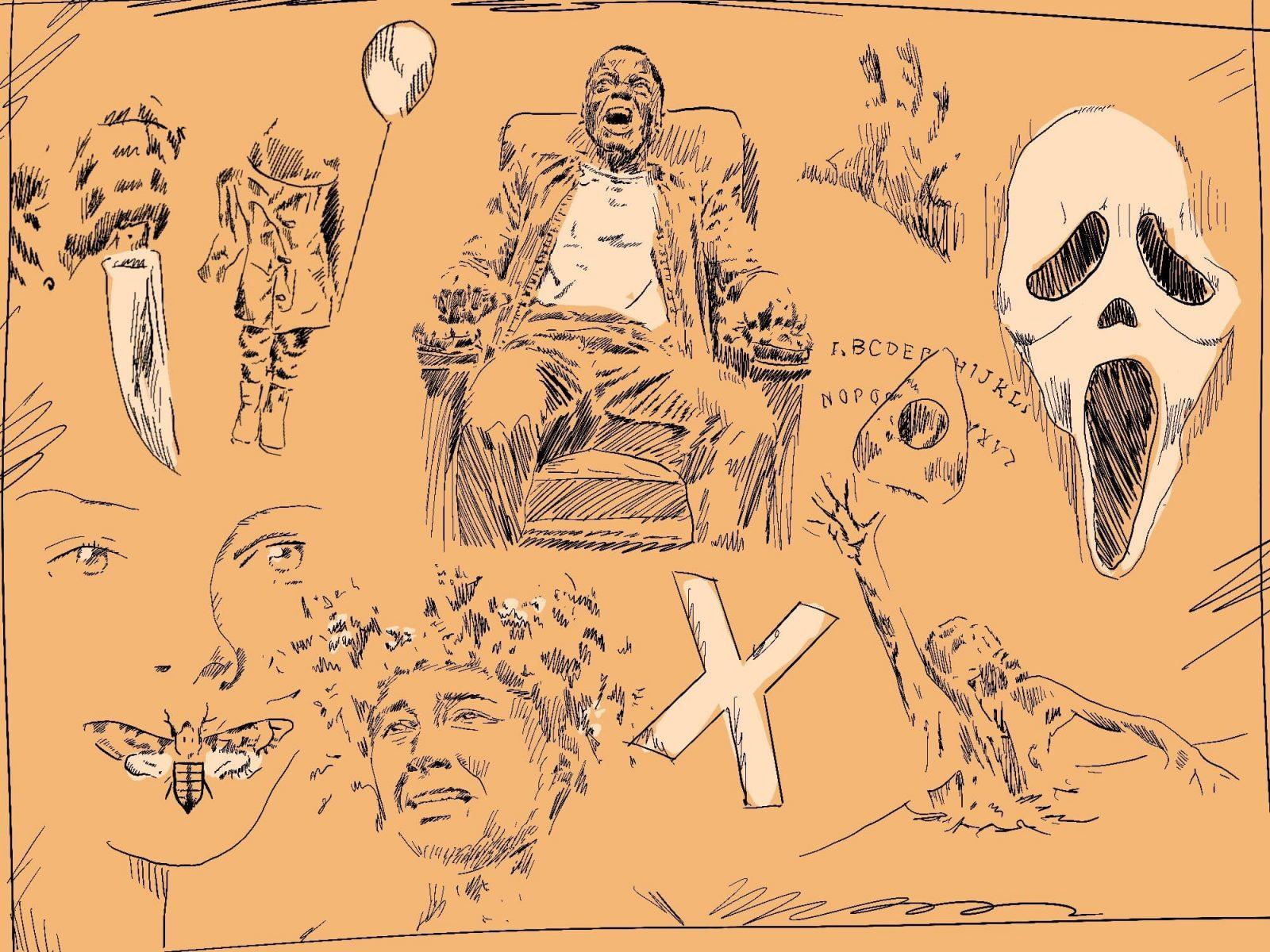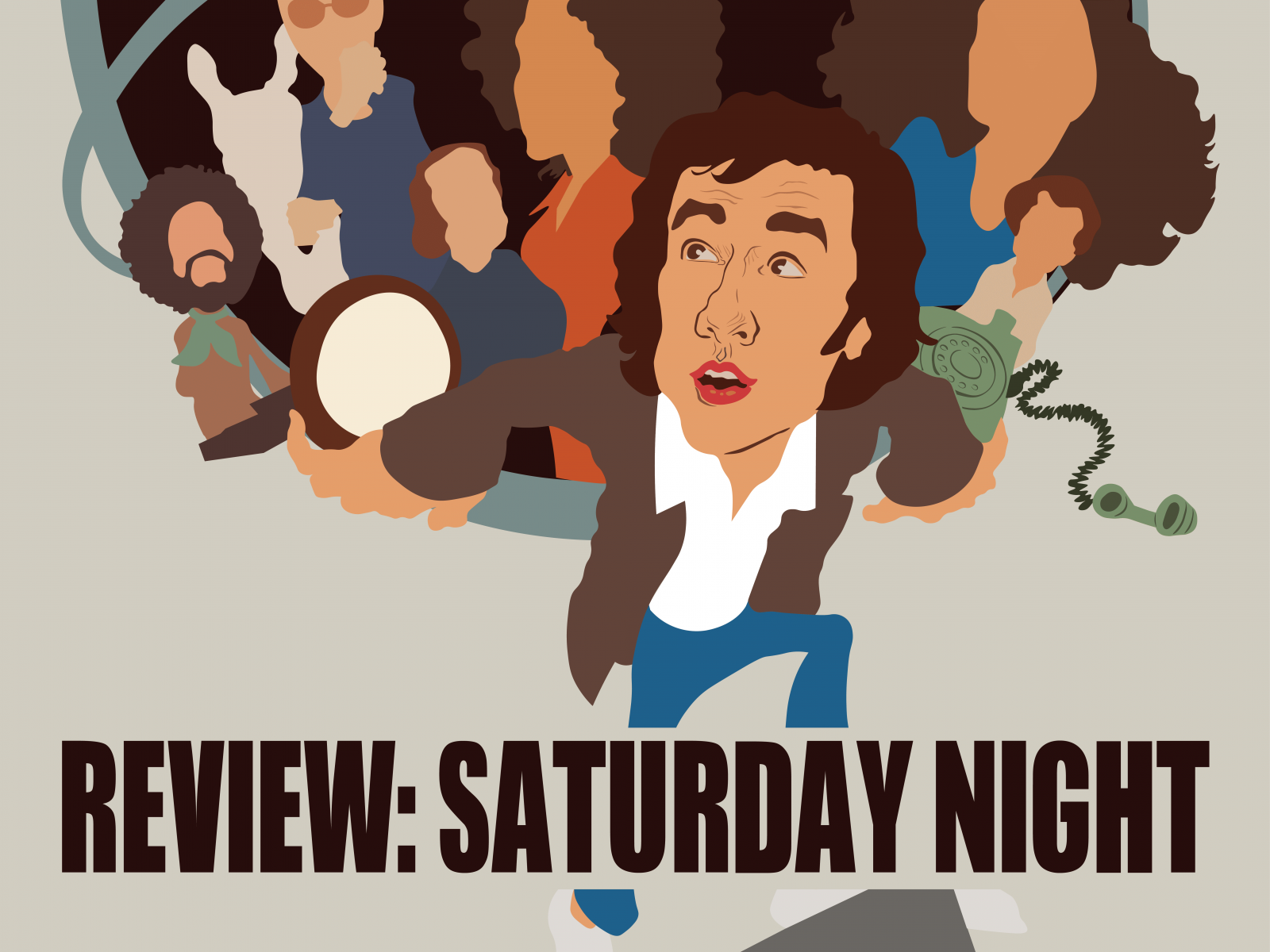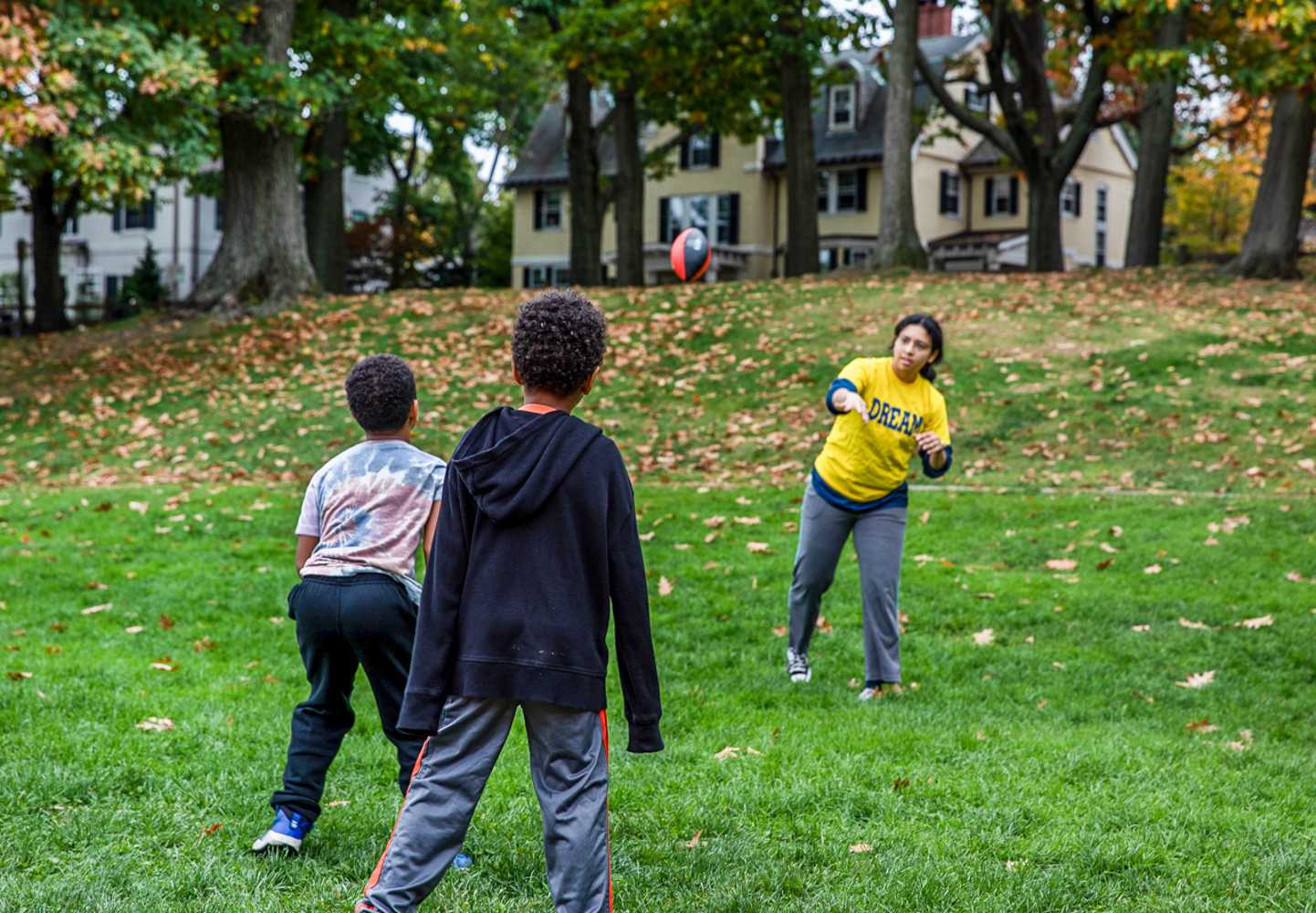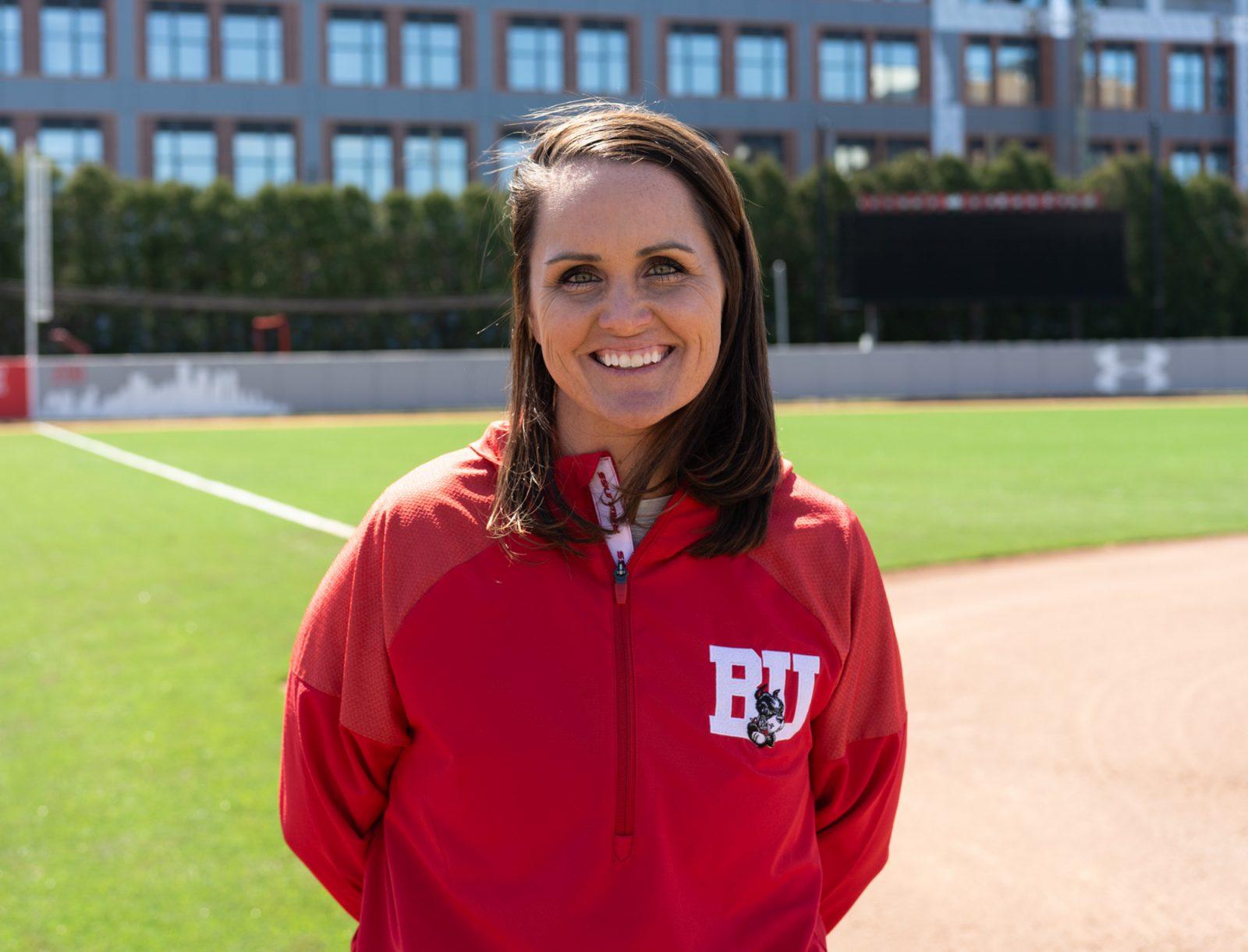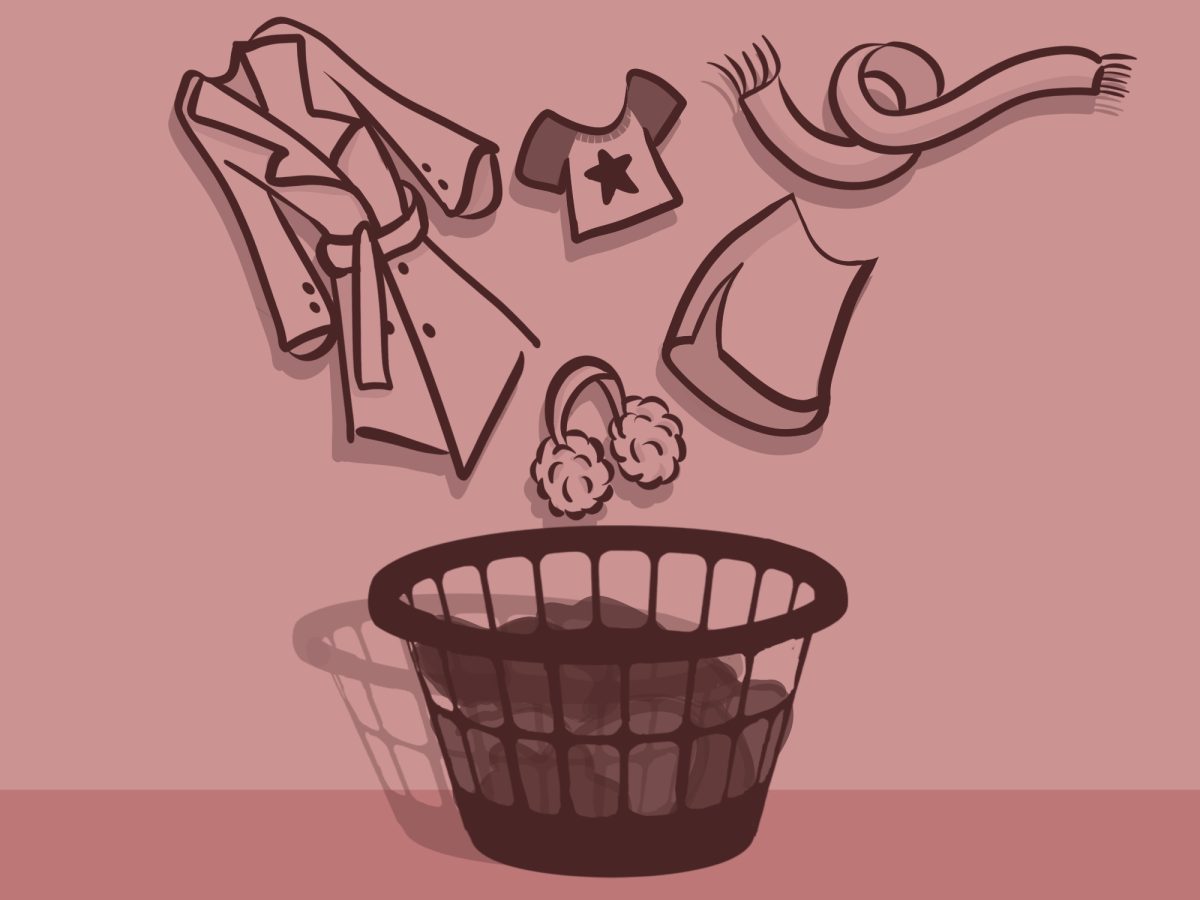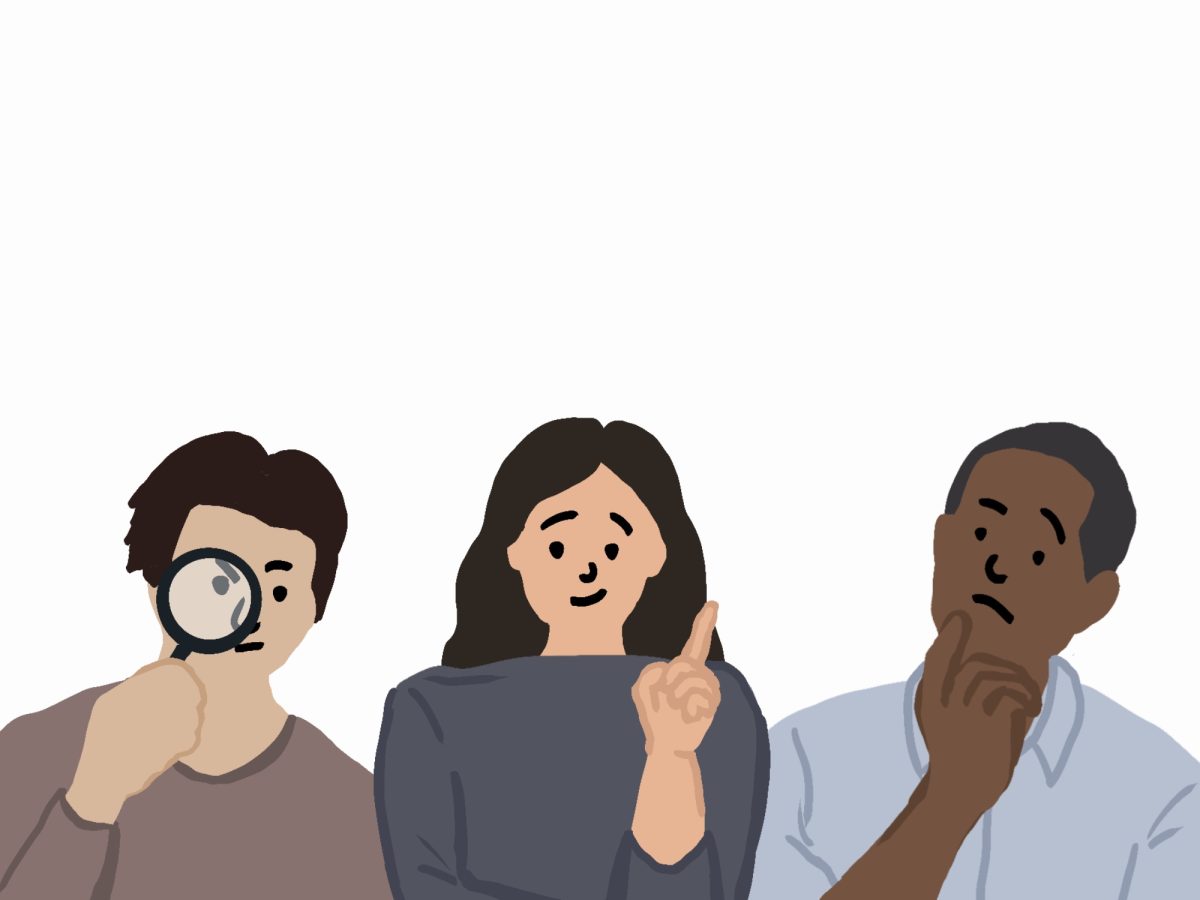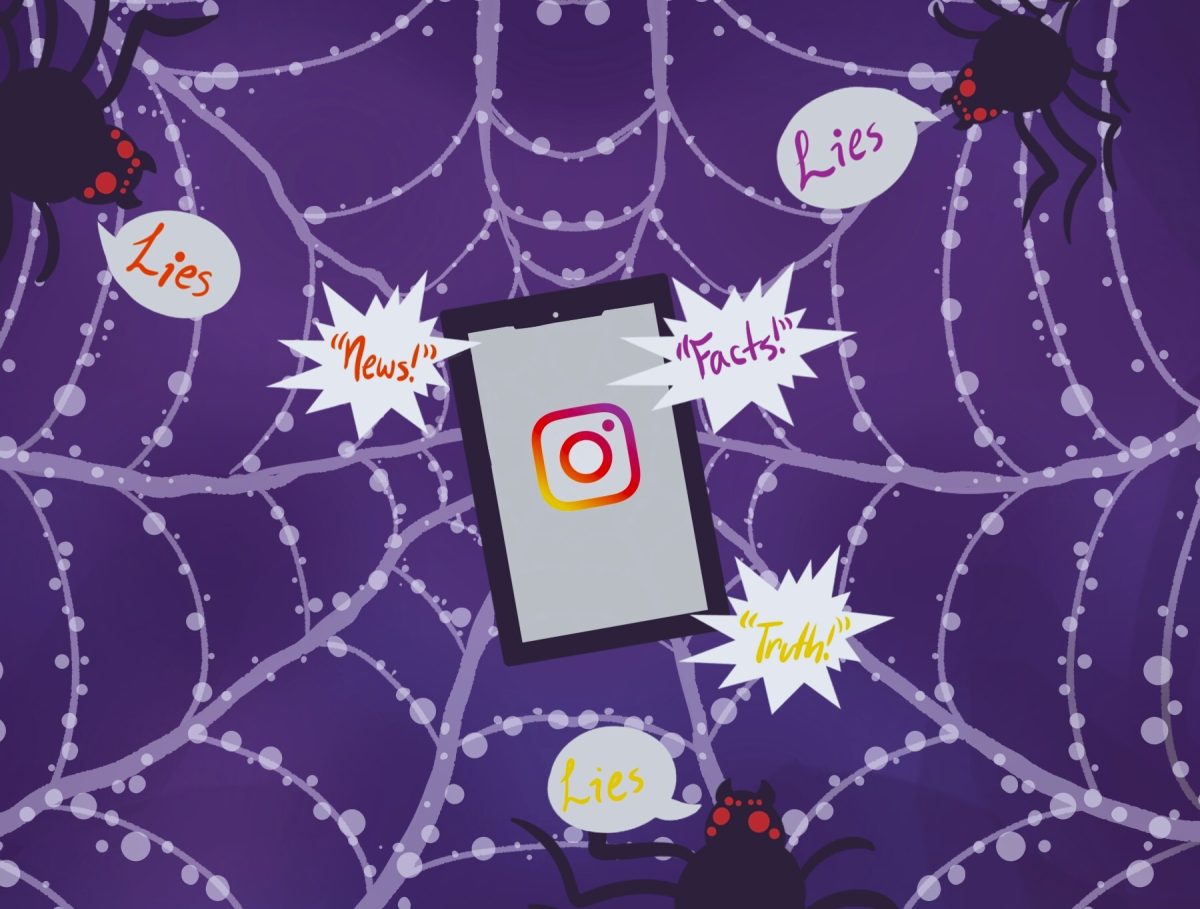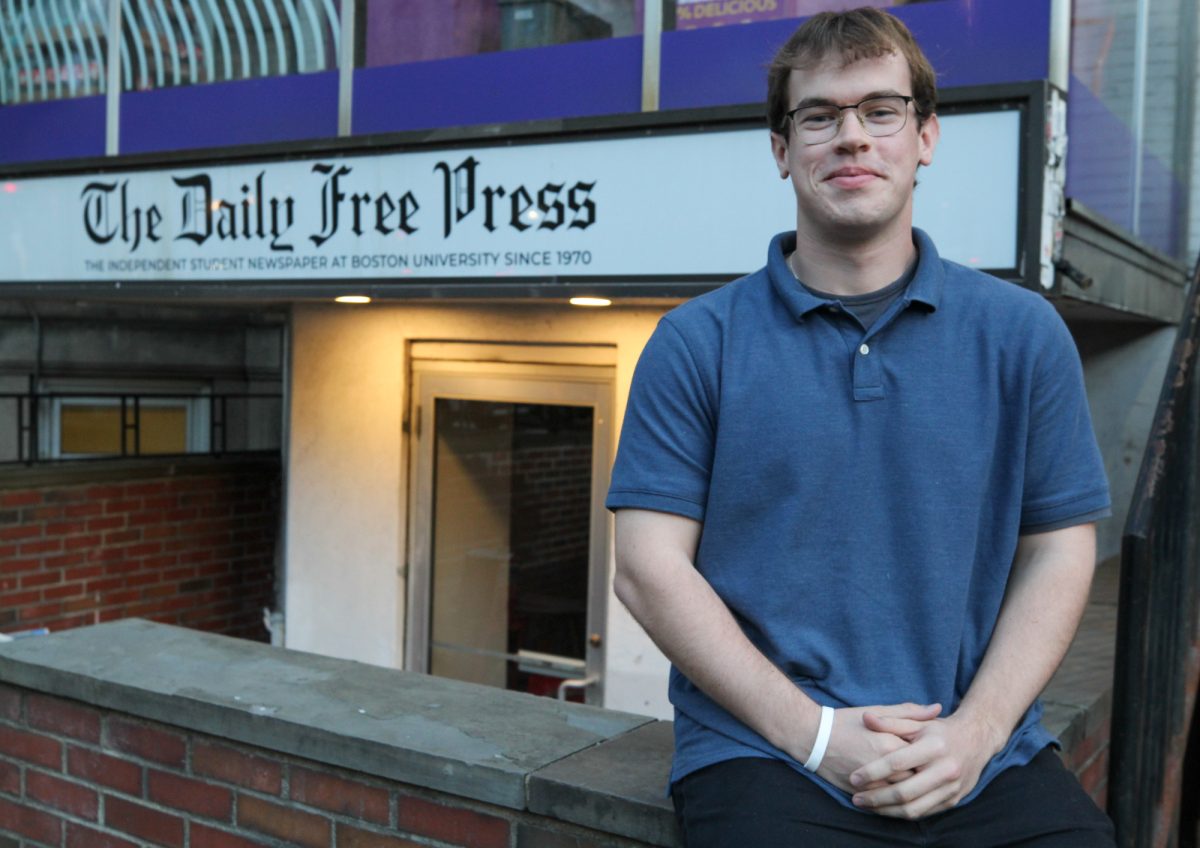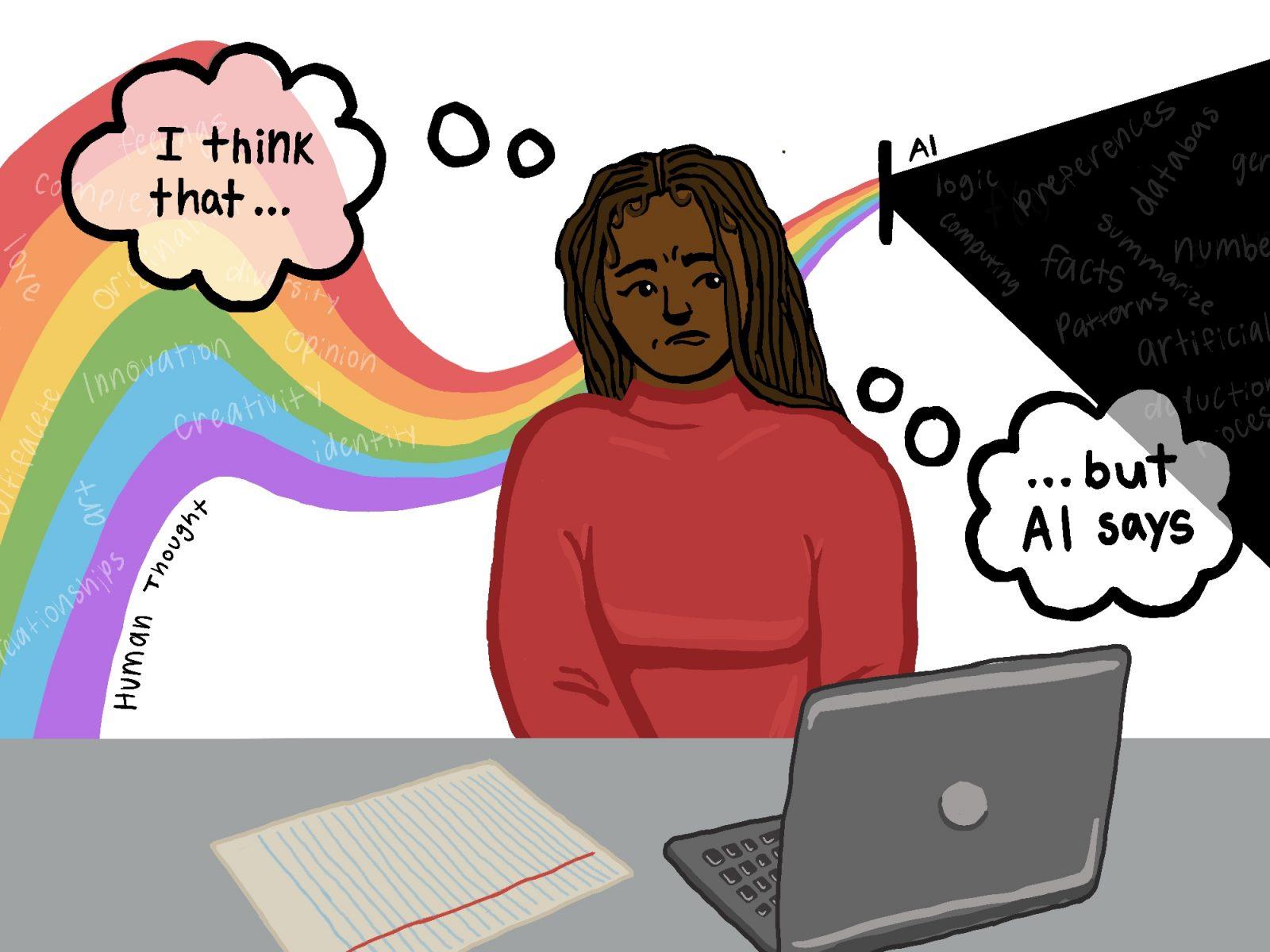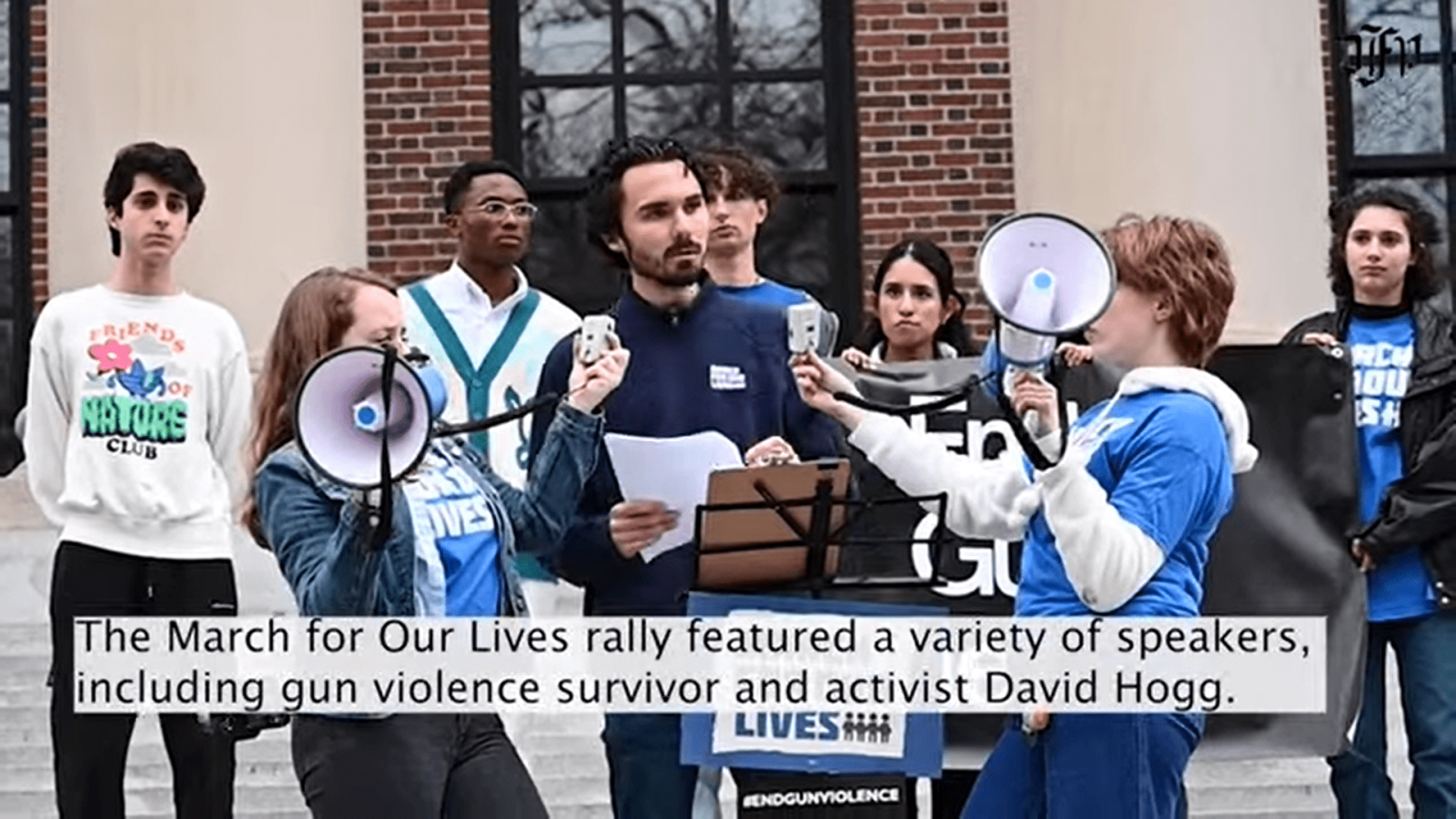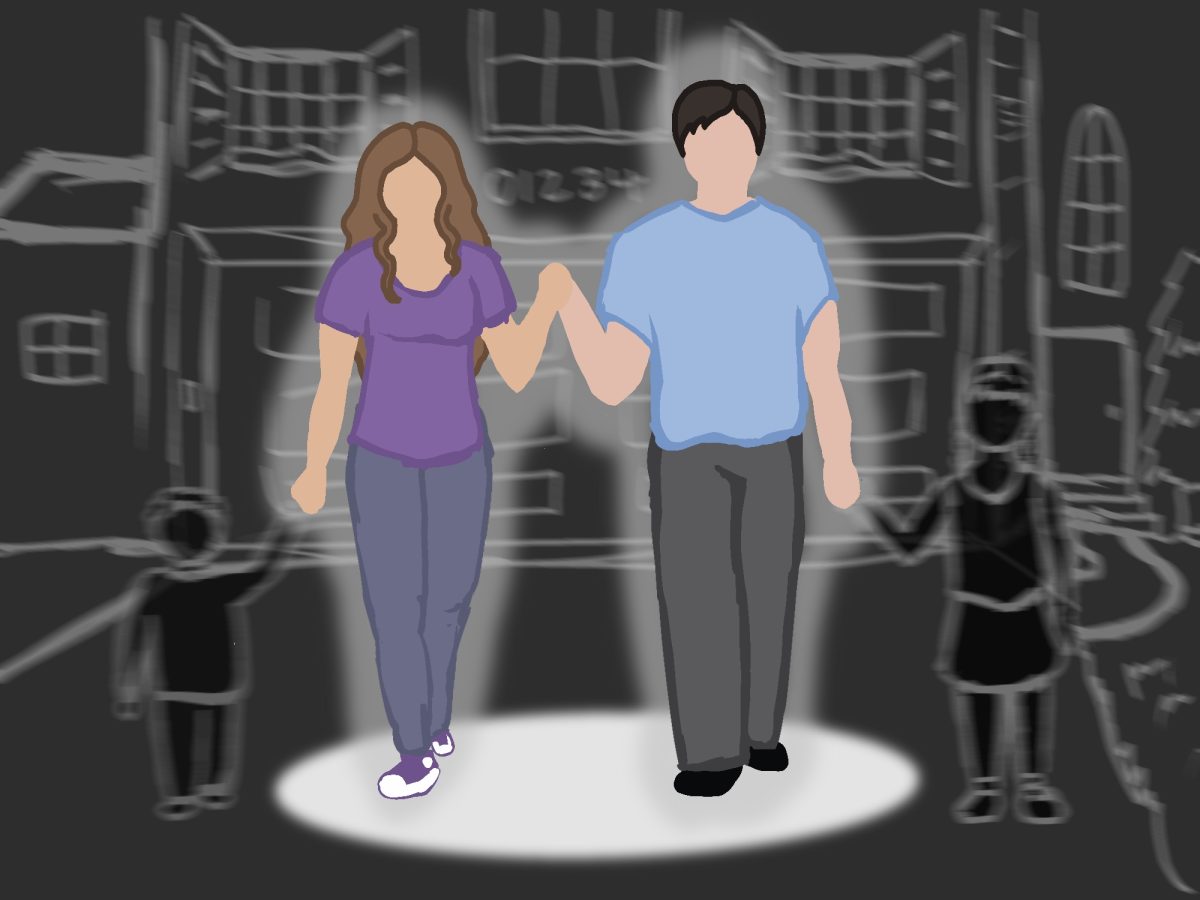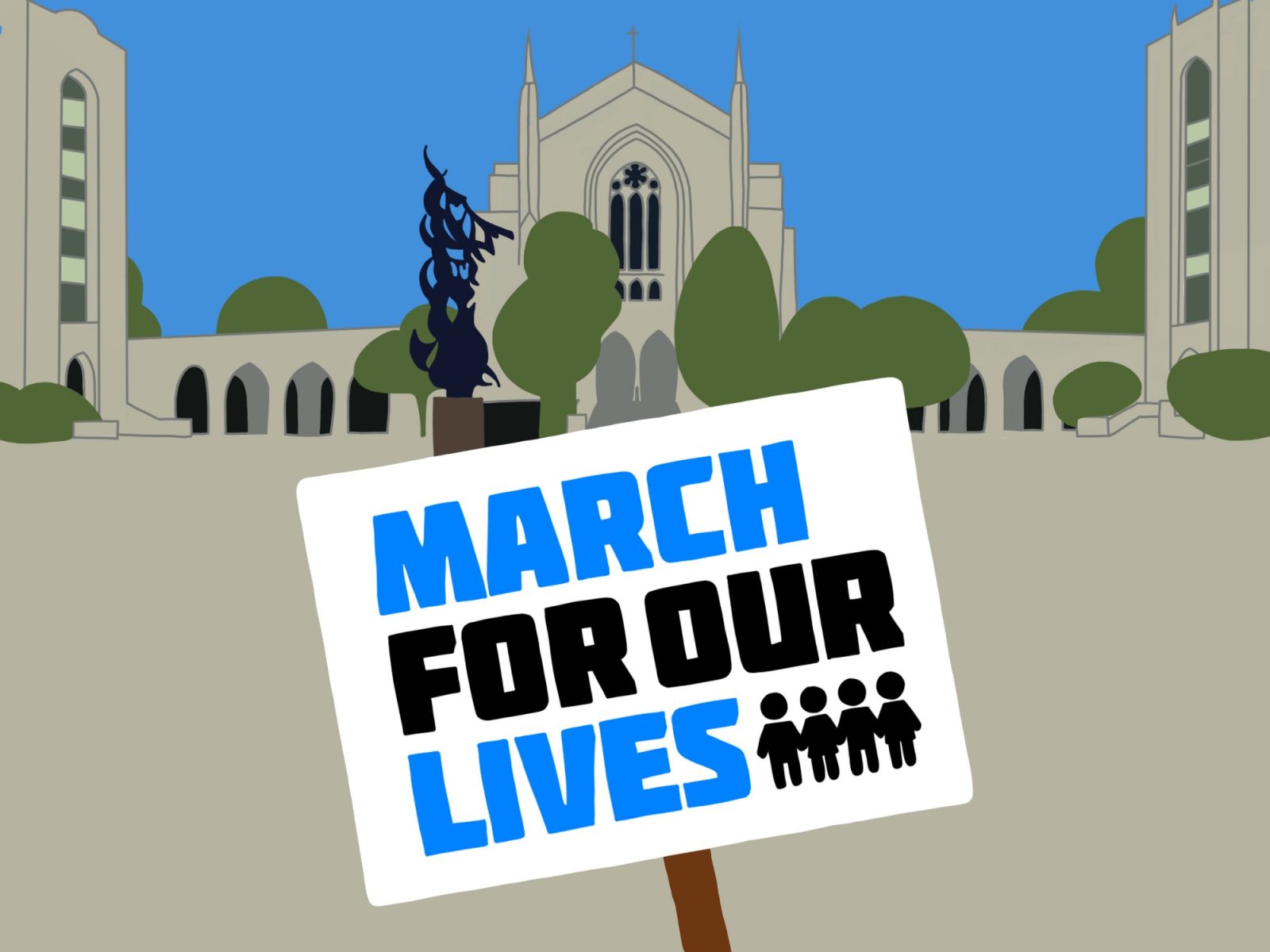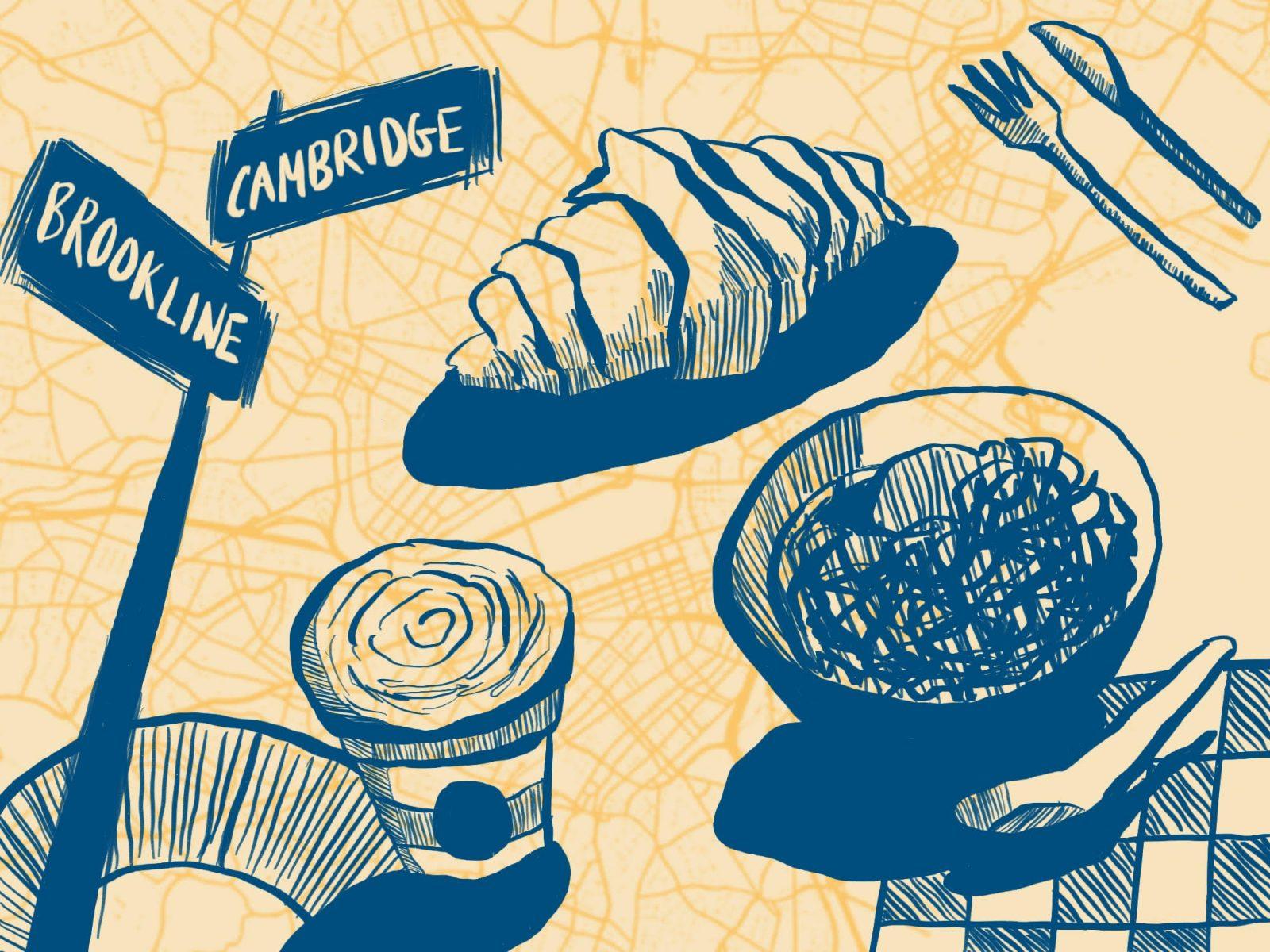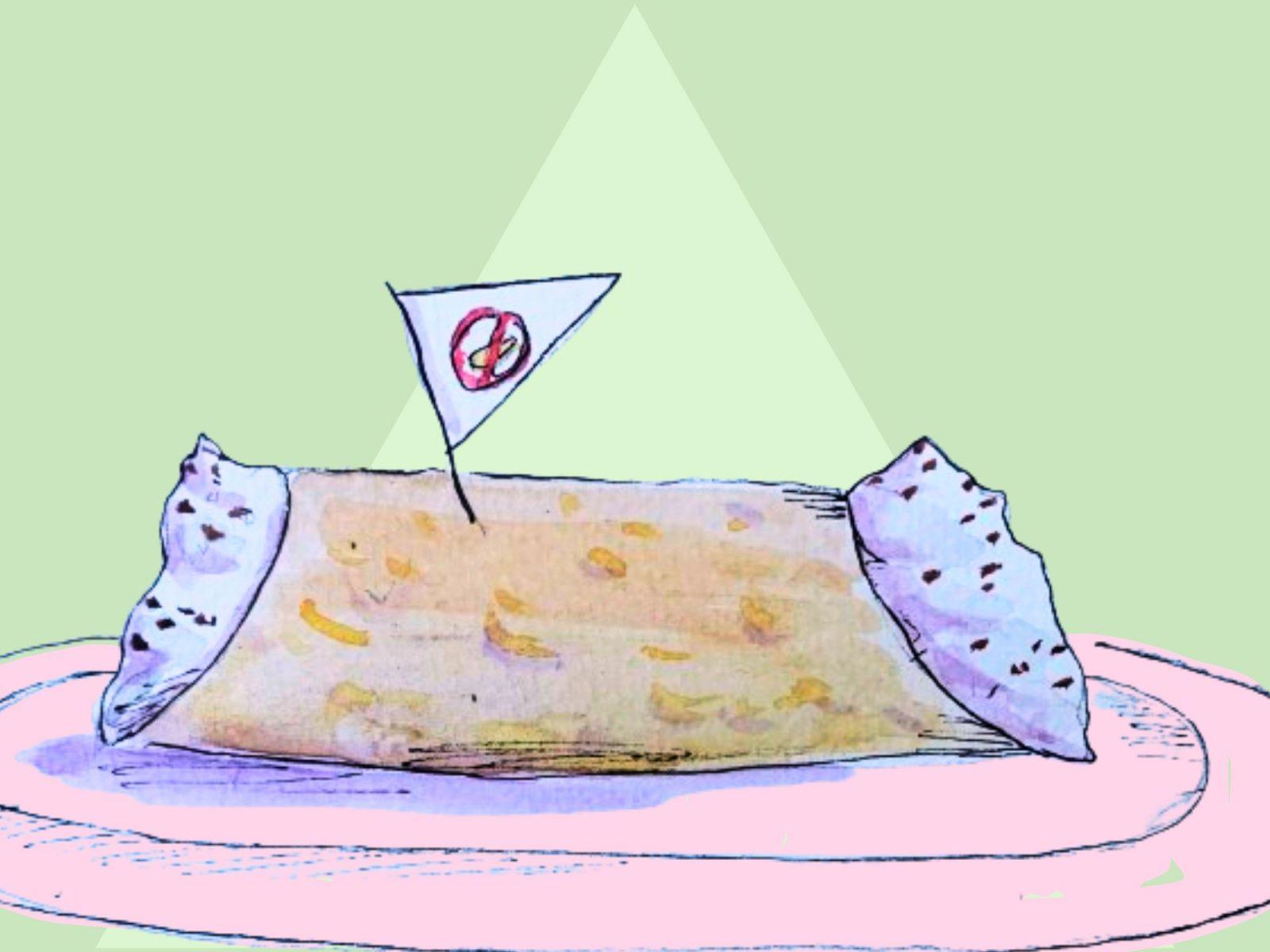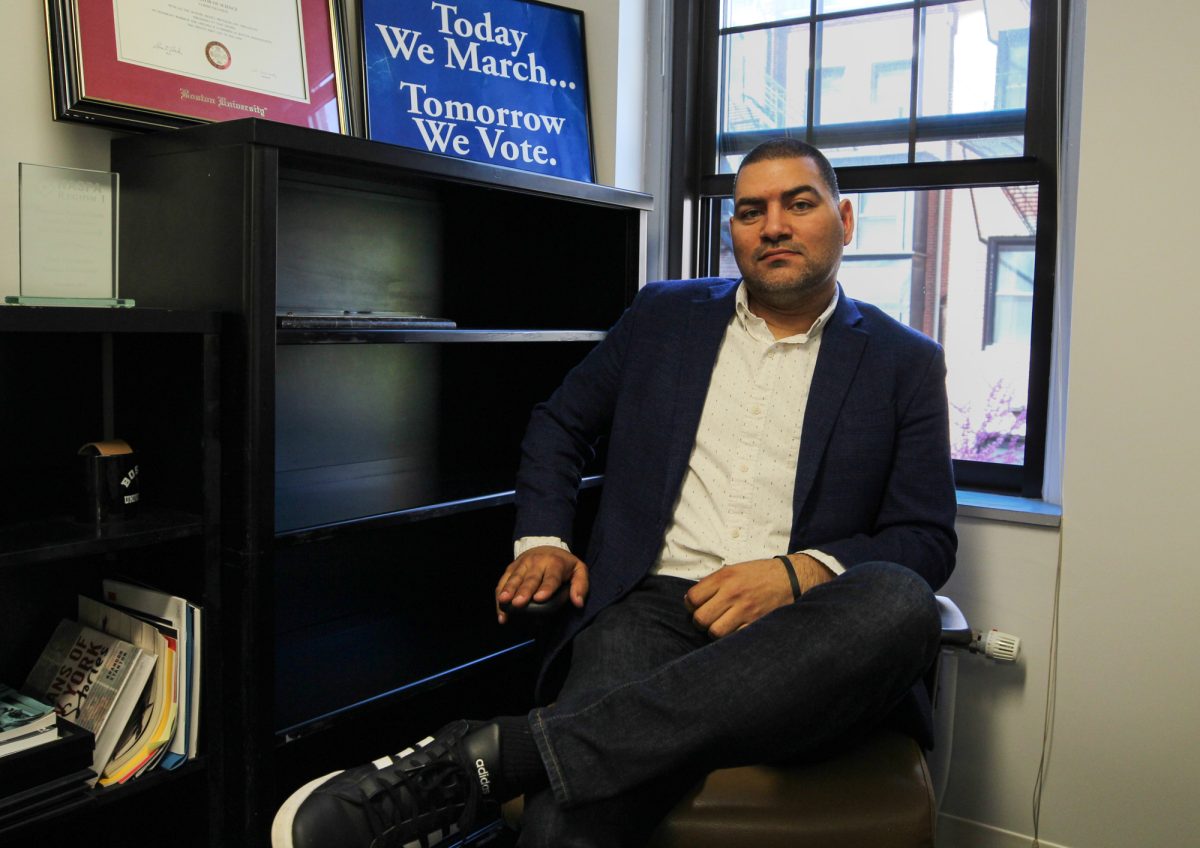Despite the heavy stress induced by final examinations and term papers, experts say Obsessive Compulsive Disorder — a common anxiety disorder that causes people to agonize over minor events, practice tedious rituals or doubt whether they have performed tasks such as turning appliances off or locking doors — is rarely developed at college.
“College years are not the most common time in a person’s life to develop OCD,” said Paul Cannistraro, psychiatrist at the OCD clinic in Massachusetts General Hospital and instructor of psychiatry at Harvard Medical School.
Although Cannistraro said, “major stressors can drag out anxiety disorders,” he explained that people typically develop OCD during preadolescence or just before middle age.
But Cannistraro said OCD is an under-diagnosed disorder because many people are embarrassed about debilitating habits or obsessions.
“One of the most common misconceptions [about OCD] is that a patient comes in and thinks they are crazy,” he said. “They think they need to be institutionalized — that no one has the thoughts they have. That’s why they don’t get treated.”
According to Cannistraro and Obsessive Compulsive Foundation Executive Director Patricia Perkins, OCD is a prevalent disorder in American society, and case studies estimate that 2 to 3 percent of the nation’s population is afflicted.
Perkins’ organization, which includes more than 5,000 members, publishes a newsletter every two months. She said the OC Foundation’s goal is to educate and help OCD sufferers, whether by establishing contact and appointments between patients and doctors or funding research projects.
“If a kid thinks he has it, he can call here, get a doctor’s number and get an actual diagnosis,” Perkins said.
Based in New Haven, Conn., the organization’s website offers free information and referral lists of doctors who specialize in treating the disorder.
According to Perkins, last year’s annual OCD conference in Atlanta attracted approximately 650 people and included 80 presentations by many of the world’s best psychologists and psychiatrists.
Perkins and Cannistraro agreed a mixture of medication and cognitive behavioral therapy is the most effective way to treat OCD. Because of the disorder’s neural similarities to depression — about one half of OCD sufferers also experience depression — anti-depressants such as Prozac and Zoloft are prescribed. The medicines are often labeled “anti-obsessionals” when used by OCD patients, he said.
Cannistraro added that there are various levels and types of OCD.
“OCD comes in all forms and all levels of severity,” he said. “For the most part, people can manage it.”
According to Cannistraro, a contamination obsession coupled with a washing compulsion is the most common form of OCD. People diagnosed with this form are commonly referred to as “germophobes” because they fear germs and diseases.
He acknowledged that college often intensifies contamination-obsession because students are forced to leave the cleanliness and comfort of their home and enter a world where bedrooms, bathrooms and various other objects are shared.
Brian Sansoni, vice president of communication at the Soap and Detergent Association, said he can understand “why people get a little nervous about germs.”
“Keeping hands clean is one of the most important things you can do to avoid sickness,” Sansoni said. “This is a real health concern.
“The major concern is people not washing their hands enough — not people washing their hands too much,” he added.
Sansoni said he advises people to wash their hands when common sense dictates, including after sneezing, bathroom use or animal handling and before preparing or eating meals.
“We’re not talking about running to the bathroom every five minutes,” he said.
Sansoni also encouraged the use of hand sanitizing gels and wipes, which he said have received a bad reputation for causing more harm than good, killing good micro-organisms as well as bad.
“There is no real life evidence that the use of these products has shown any antibiotic resistance,” he said. “That’s one of the biggest urban myths out there.”











